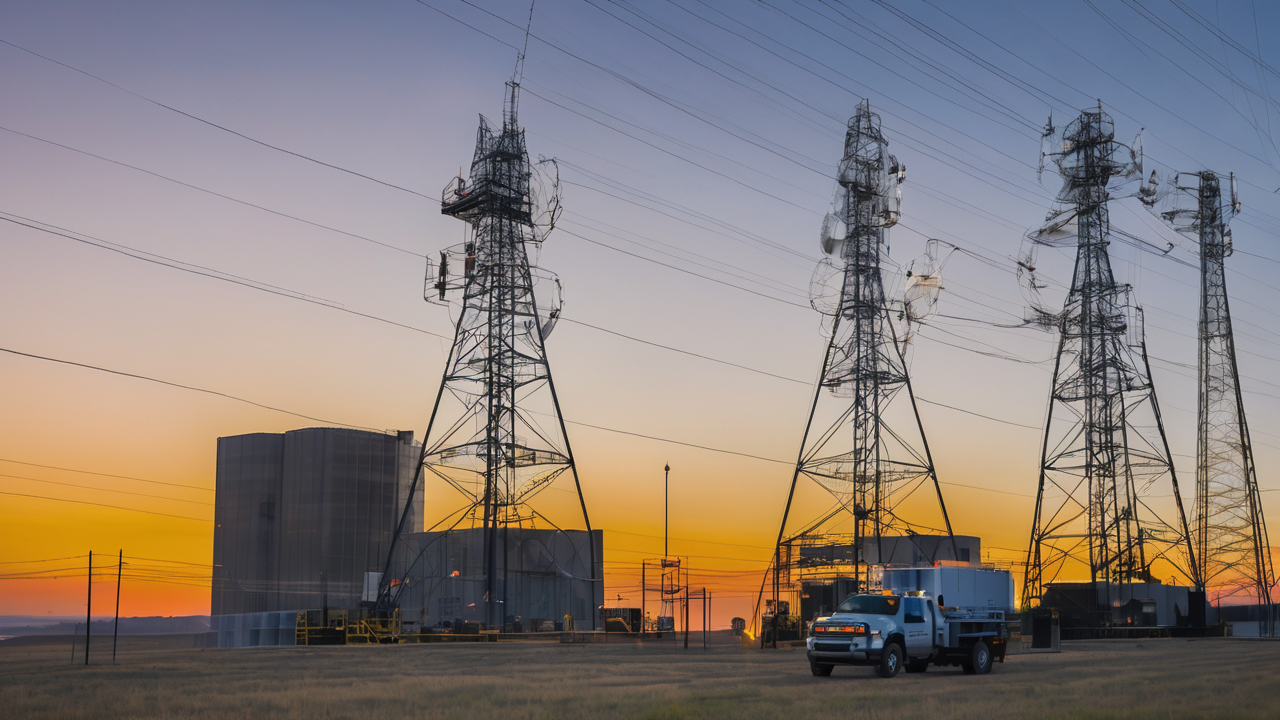Understanding Long-Range Walkie-Talkies: Features and Benefits
Key Features of High-Range Walkie-Talkies
Long-range walkie-talkies are vital for emergency preparedness. They offer several key features:

- Extended Range: These devices can transmit signals over long distances, often up to 30 miles.
- Durable Design: Built to withstand harsh conditions, they're ideal for outdoor use.
- Long Battery Life: Many models can operate for days on a single charge.
- Multiple Channels: This allows for organized communication among different groups.
- Weather Alerts: Some units can receive emergency weather broadcasts.
- GPS Functionality: Advanced models may include location tracking.
- Noise Cancellation: Clearer communication in loud environments.
- Water Resistance: Many are designed to work in wet conditions.
These features make long-range walkie-talkies reliable tools in emergencies.
The Advantages of Using Long-Range Walkie-Talkies in Emergencies
Long-range walkie-talkies offer crucial benefits during emergencies:
- Reliable Communication: They work when cell networks fail.
- Instant Contact: No need to dial numbers or wait for connections.
- Group Communication: Easy to speak to multiple people at once.
- No Service Fees: Once purchased, there are no ongoing costs.
- Simple Operation: User-friendly, even for those unfamiliar with technology.
- Portability: Lightweight and easy to carry in emergency kits.
- Long-lasting Power: Can operate for extended periods without recharging.
- Versatility: Useful in various scenarios, from natural disasters to outdoor adventures.
These advantages make long-range walkie-talkies essential for emergency preparedness.
Strategic Deployment of Long-Range Walkie-Talkies for Emergency Services
How to Set Up a Reliable Long-Range Communication Network
Setting up a reliable long-range walkie-talkie network involves several steps:

- Choose the Right Equipment: Select walkie-talkies with appropriate range and features.
- Plan Your Network: Determine key locations and personnel who need devices.
- Set Up Base Stations: Install fixed units at central locations for consistent coverage.
- Assign Channels: Organize different teams or functions on separate channels.
- Test Coverage: Conduct field tests to identify dead zones or weak signal areas.
- Use Repeaters: If needed, set up repeaters to extend the network's range.
- Establish Clear Protocols: Define standard procedures for communication.
- Regular Maintenance: Keep all devices charged and in good working condition.
Following these steps ensures a robust communication network for emergencies.
The Importance of Training and Protocols in Using Walkie-Talkies
Proper training and protocols are crucial for effective use of long-range walkie-talkies:
- Basic Operation: Ensure all users know how to operate the devices.
- Communication Etiquette: Teach proper radio communication techniques.
- Emergency Procedures: Train on specific protocols for various emergency scenarios.
- Regular Drills: Conduct practice sessions to maintain skills and test systems.
- Clear Language: Establish a common vocabulary to avoid misunderstandings.
- Channel Discipline: Train users to stay on assigned channels and avoid cross-talk.
- Battery Management: Teach proper charging and battery conservation techniques.
- Troubleshooting: Provide basic training on how to resolve common issues.
Good training and clear protocols maximize the effectiveness of walkie-talkies in emergencies.
Legal and Regulatory Considerations for Long-Range Walkie-Talkies in the United States
Understanding FCC Regulations for Two-Way Radios
The Federal Communications Commission (FCC) regulates the use of two-way radios:

- Licensing: Some frequencies require FCC licenses for legal operation.
- Power Limits: The FCC sets maximum transmission power for different radio types.
- Frequency Allocation: Specific bands are designated for different uses.
- Channel Restrictions: Certain channels may be reserved for emergency services.
- Equipment Certification: All radios must meet FCC technical standards.
- Usage Rules: Regulations govern how and when radios can be used.
- Privacy Considerations: Users must respect others' privacy on shared frequencies.
- International Use: Different rules may apply when using radios across borders.
Understanding these regulations is crucial for legal and effective use of long-range walkie-talkies.
The Legal Implications of Using Long-Range Walkie-Talkies in Public and Private Settings
Using long-range walkie-talkies has various legal implications:
- Public Use: General-use frequencies are available without a license.
- Private Property: Permission may be needed to use radios on others' property.
- Business Use: Commercial use often requires specific licensing.
- Emergency Services: Special rules apply for police, fire, and medical frequencies.
- Privacy Laws: Avoid intercepting or sharing private communications.
- Local Regulations: Some areas have additional rules on radio use.
- Event Restrictions: Large gatherings may have specific radio use policies.
- Interference: Users must avoid interfering with other radio services.
Understanding these legal aspects ensures responsible use of long-range walkie-talkies.





